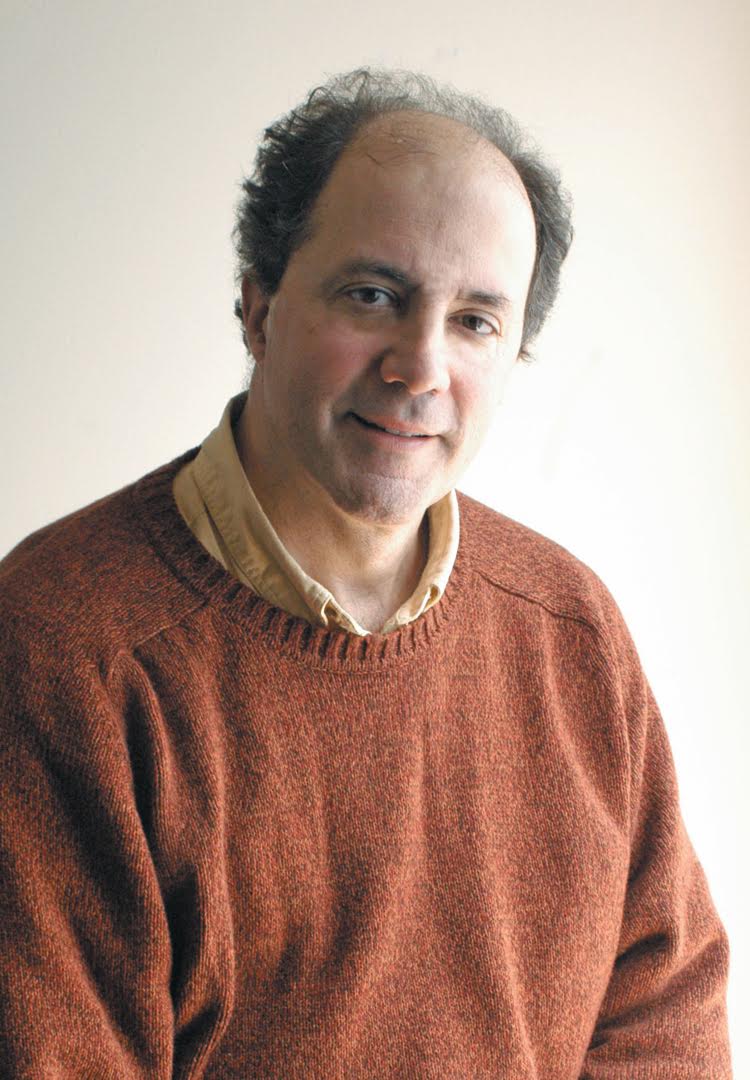Writing a Fanfare for Brass
As a tribute to former President Lee Eliot Berk on his retirement, I composed a piece for brass ensemble and percussion titled Fanfare for Lee Berk - Esse Quam Videri. It is well established that jazz is one of the genres of music created from the combination of European and African musical traditions. Berklee was the first academic institution to champion jazz and provide validation for it as American art music deserving respect and study on a par with European classical music. As American culture in general features a blend of European and African cultural influences, I decided to reflect both aspects as found at Berklee in this fanfare. The piece pays tribute to Lee Berk and the college by utilizing a "Berklee" melodic theme in separate European and African versions that eventually blend to become a synthesis of African and European traditions.
Theme
For the theme of the fanfare, I created a tone row based on a solmization of the name Lee Berk and the Latin motto of the college Esse Quam Videri (To be rather than to appear to be). The solfège syllables and the pitch designations I used (see the tone row in example 1a) were derived as follows. From the name Lee, I took the two Es. From Berk, I took the B and E. For the first syllable of Esse, "es," I used Eb, since some German composers related that pitch to the letter S (the pitch D# is its enharmonic equivalent), and for the second syllable "se," I used the pitch E. I took the A from the word Quam. For "Vi" (the first letters of Videri), I used another E. For the middle letters "de," I chose the E an octave above. For the final syllable "ri," I used F# thinking of the solfège syllable "re," the name for the second degree (my row begins on E). Since "ri" is the solfège syllable for the raised second degree, I used both F# (re) and F-double sharp (ri) or its enharmonic equivalent G (the minor third of the key) at various places in the piece. This process produced a theme that is predominantly in the key of E major. Considering that brass instruments sound best in flat keys, I decided to transpose the row from the key of E to the key of F (see example 1b).
European-African Connections
The structural form most suited to exploring this theme from different perspectives seemed to be that of a cantus firmus motet, where a theme or cantus recurs in different guises. In the opening section, the theme is gradually revealed. It is repeated in an ascending sequence as the keys descend in minor thirds (the decision for the movement of the keys was made based on the last interval of the theme, a minor third). You hear the theme completely for the first time as a triple mensuration canon, where it's played at different speeds simultaneously in relationship of 1:1:4, in these keys: "dux" or leading voice in F major, "comes" or follower one in C mixolydian, comes two in Bb major (see example 2).
In the first African section, two trumpets play a hocket or resultant melody of the African bell cycle and the four-clap pattern, while the French horns play the European version of the theme (see example 3).

Jimmy Kachulis is a Professor in Berklee's Songwriting Department and has authored three books and three online courses for Berklee Media.
The theme is transformed to reflect African qualities by creating new motives from the original pitches (example 4) and then using the asymmetrical subdivisions of the time from the bell cycle (the trumpets play the bell cycle in example 5). The traditional African call and response format occurs between the European and African versions of the theme in example 5. As the next few sections unfold, one can hear more of the African influences (see example 6).
In the following section (examples 7a through 7c), the call and response of the African-American tradition is combined with a jazz solo (played at the premiere by Lee Berk's longtime friend Phil Wilson). The last motive from the African version of the theme, using the interval of a perfect fifth taken from the opening of the theme, is used to build a long Indian tihai cadence (a thrice-repeated cadence designed to end on the downbeat of the bell cycle). This particular type of tihai is a subtractive one, meaning that certain elements are subtracted with each repetition. The phrase is played three times as a 16/4 cycle (example 7a), then three times as an 8/4 cycle, (example 7b), and finally three times as a 6/4, or 12/8 cycle (example 7c). During the 8/4 cycle, the 12/8 feel is foreshadowed by the horns in the middle voice.
Each of the three phrases is superimposed on the prevailing 12/8 bell cycle, and cadences on the downbeat of the sixteenth bell cycle. The call-and-response pattern is still superimposed on all of these rhythms. You can hear the phrases getting closer and closer throughout the section, building excitement leading to the coda.
Coda
In the coda, the original European mensuration canon is heard over the trumpet hocket on the African bell cycle, while the third voice uses the major second, and the minor third (ri) from the original theme is heard in the final cadence (see example 8).














